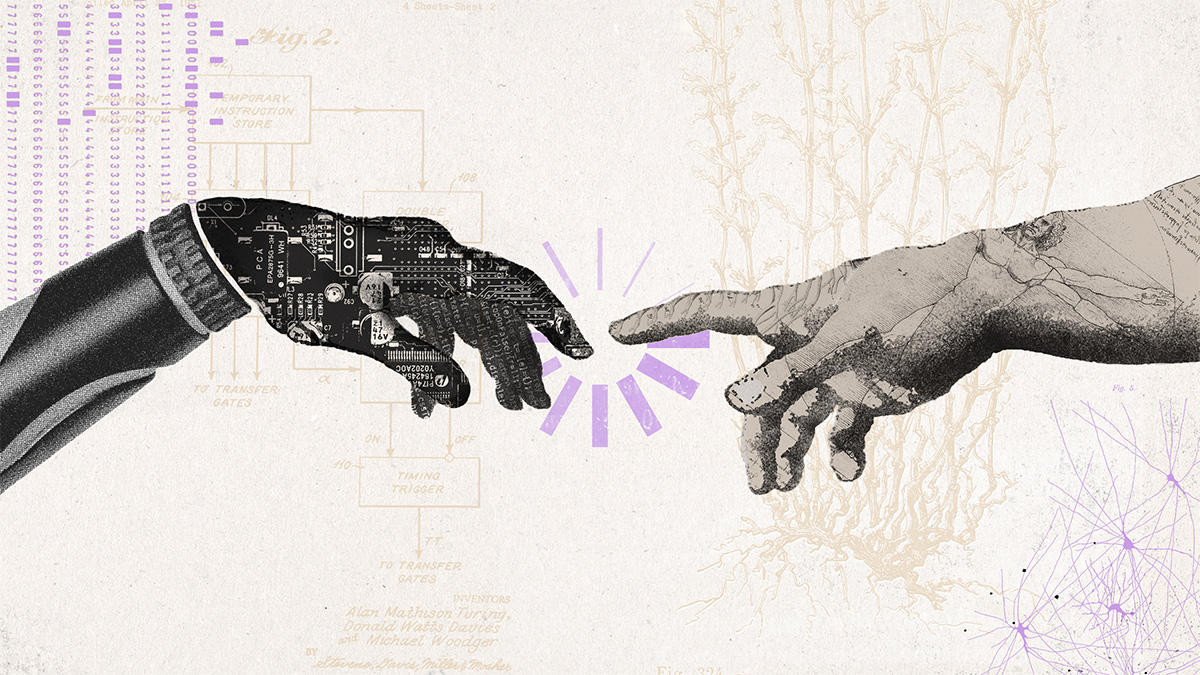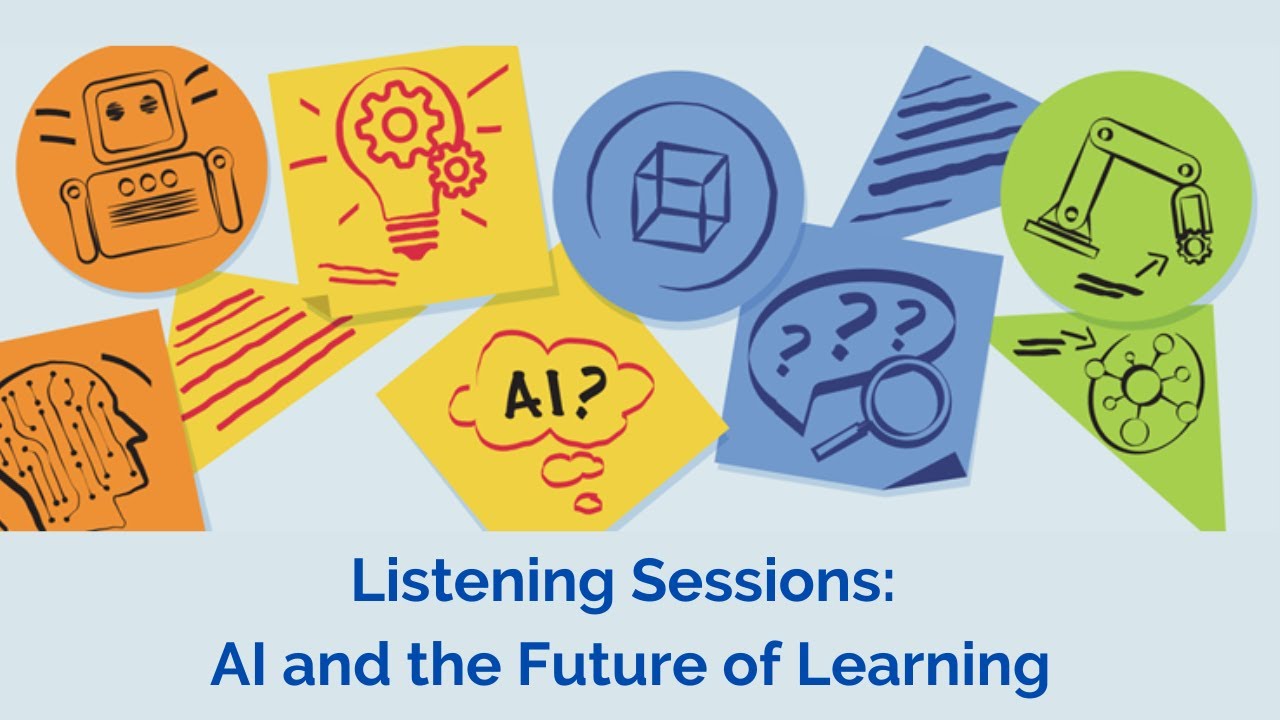Enhancing Mathematical Reasoning in LLMs with a Dynamic Approach
In the rapidly evolving landscape of artificial intelligence, large language models (LLMs) like GPT-4 and LLaMA have set new benchmarks in natural language processing. However, the complexity of mathematical reasoning still poses a significant challenge for these models. Although they boast billions of parameters and excel in generating coherent text, they often falter in tasks that require precise logical deduction. This issue is particularly pronounced in mathematical contexts, wherein even a small error can lead to misleading conclusions—what experts often refer to as “hallucinations.”
Exploring the intersection of AI and mathematics.
Recent advancements aim to bridge this gap. A noteworthy development is the MCT Self-Refine (MCTSr) algorithm, a collaborative effort from researchers at Fudan University and the Shanghai Artificial Intelligence Laboratory. By marrying the robust exploration capabilities of Monte Carlo Tree Search (MCTS) with the self-improvement capabilities of LLMs, the MCTSr algorithm significantly enhances the decision-making process in complex mathematical tasks.
The Mechanics of MCTSr
Understanding how MCTSr operates requires a brief dive into its underlying principles. Monte Carlo Tree Search, a well-established decision-making framework, utilizes a four-stage process: Selection, Expansion, Simulation, and Backpropagation. In this algorithm, MCTS evaluates and refines outcomes, optimizing the paths toward viable solutions. Integrating this with LLMs, MCTSr not only improves answer accuracy but also iteratively hones existing solutions, thus creating a more robust reasoning framework.
The innovation doesn’t stop at mathematical prowess. This synergy opens new doors for applications in various domains, from dynamic robotics to optimizing multi-agent pathfinding algorithms. With MCTSr, the combination provides a structured methodology to deal with the inherent stochasticity of LLM outputs, enhancing overall reliability.
 Visualizing AI advancements in decision-making.
Visualizing AI advancements in decision-making.
Practical Results and Limitations
Initial evaluations of MCTSr using the LLaMA3-8B model showcase its potential. The algorithm was tested against a series of mathematical benchmarks—including GSM8K, MATH, and OlympiadBench—and results demonstrated a notable increase in problem-solving success rates, especially for simpler tasks. However, the performance did plateau when faced with more complex challenges. Such findings call attention to the limitations of the current methodology, especially as it pertains to intricate datasets, but they also underscore the promise held by MCTSr for enhancing academic problem-solving tools.
In a time when AI is increasingly integrated into education and analysis, the implications of these advancements in LLMs cannot be overstated. I recall the days of struggling through complicated math problems, often feeling like I was in an uphill battle against logic itself. The prospect of AI revolutionizing this space feels personal and transformative, not just for the engineers developing these tools but for every student and professional grappling with the challenges inherent in mathematics.
A Broader Vision for AI
While the current focus on mathematical applications shines a spotlight on MCTSr’s potential, broader implications beckon further exploration. The versatility of MCTS can lead to innovations in areas like black-box optimization and self-driven alignment for LLMs. As I ponder my own experiences in education, I envision a future where AI not only assists in solving math problems but evolves into a tutor capable of adapting its teaching style based on individual learning needs. The horizon seems bright, provided we continue to push the boundaries of what LLMs can achieve.
 Imagining a future where AI transforms education.
Imagining a future where AI transforms education.
Conclusion
In an era marked by rapid technological growth, the integration of algorithms like MCTSr with LLMs signifies a leap forward in enhancing mathematical reasoning capabilities. The journey to refine AI’s decision-making is ongoing, but with each increment, we come closer to a tool that can not only generate human-like text but also think logically and critically. The developments we are witnessing today are merely the first step in a much larger journey—one filled with possibilities for education, innovation, and creativity within the realms of problem-solving. While the road ahead may be fraught with challenges, the advancements made thus far fuel optimism about the future landscape of artificial intelligence.
For those interested in further exploring this revolutionary algorithm, the study is a treasure trove.
Join the conversation on platforms like Twitter and Telegram Channel to share insights and stay updated on the latest trends in AI and mathematics.


 Photo by
Photo by 












